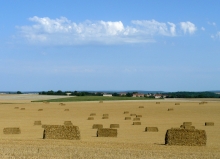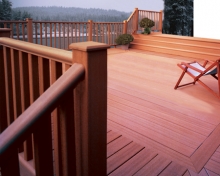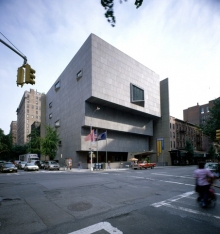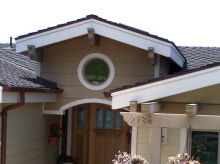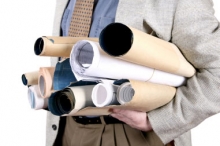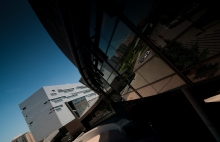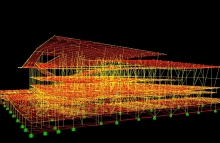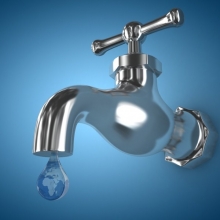Structural Insulated Panels vs. Conventional Framing
The all-inclusive, load-bearing design of structural insulated panels (SIPs) offers an energy-efficient, quiet alternative to conventional wood framing methods. In recent years, SIPs have increasingly grown in popularity as builders strive to provide more durable products, use more environmentally sustainable building methods, and reduce costs. According to AMA Research, SIPs are now the fastest growing new building method on the market.


